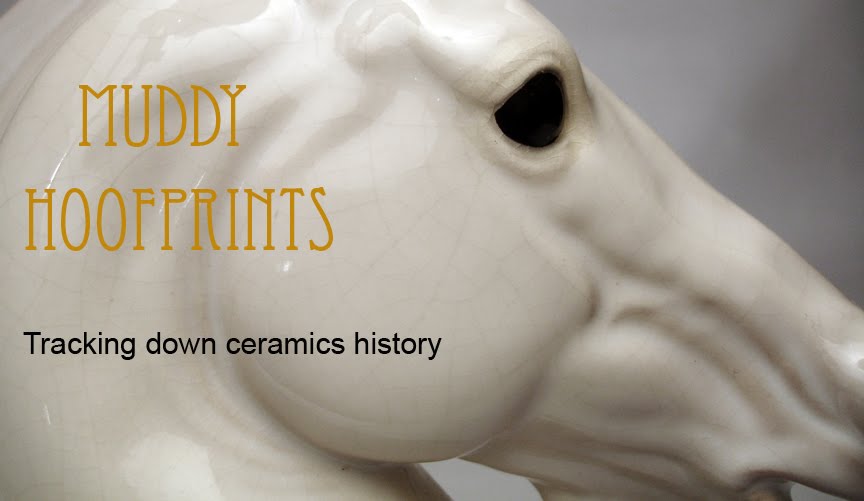I have been collecting ceramic animals for most of my life. My first pieces were Hagen-Renaker miniatures in the early 1980's. I was in elementary school, and yet I played with them without destroying them. The only casualties were from an earthquake. In 1986, my entire HR collection was lost in the family household move. I picked up a piece or two each year into my teens, but it was not until meeting one of the HR Handbook authors in 1989 that my interest was reignited. By 1993, I had a good HR miniatures collection again, and my very first DW pieces, thanks to Joan Berkwitz. One of those two "seed" DWs I later had the opportunity to pay it forward and give to another beginning collector, Addi Velasquez.
I became a ceramist because I loved these artworks so much. Then, as a result of being a ceramist, my collecting theme shifted to pieces that show the production development process. Ask any local collector who has handed me a ceramic horse (vintage or new) and they'll say I start babbling off observations about how the piece was made. These are usually things they never even detected themselves, even flaws they wish I had not pointed out! Tool marks, thumbprints, belly plugs, and glaze irregularities comprise a lost language. I am so excited by these things that I can't keep it in, it comes rushing forth. I want other collectors to know what makes their piece special. Real human hands made these items. In an era when figurines are now grown in wax from a computer file, these handmade ceramics are tangible connections to a truly human art tradition. When I see certain pieces in antique stores, I think of the unidentified hands who made them, or a funny memory of someone I actually knew who worked on that edition. There is a huge invisible web between ceramics, and I will use this Web to communicate their stories to other collectors. I believe that in reading anecdotes or new data about what you collect or see at model horse shows, the more enjoyment you will have in your own collection. Knowledge is more than power, it is joy.

No comments:
Post a Comment